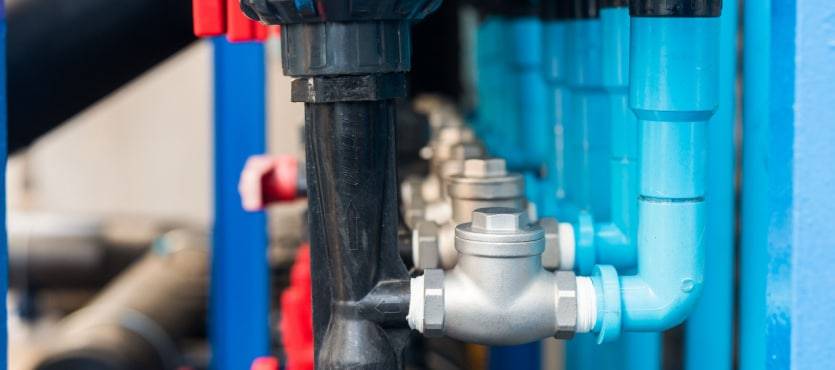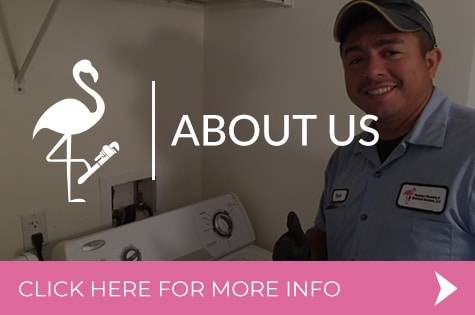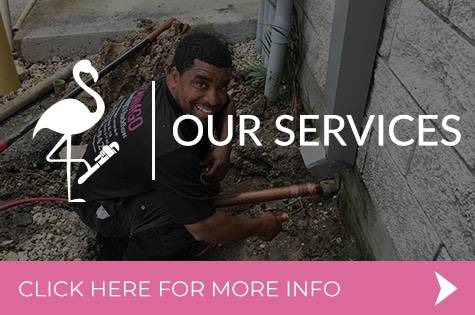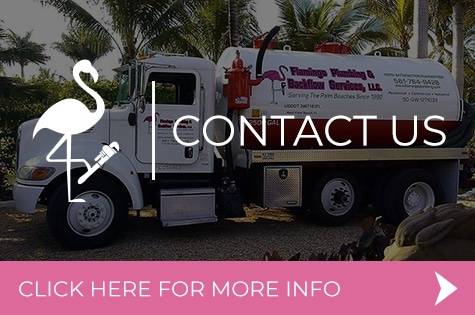Water backflow prevention may not be something you are aware of or think about when it comes to your home’s plumbing system, but it is a crucial element that prevents hazardous materials from contaminating the water you use and drink daily. Although most industrial and commercial buildings—in many states—have legal obligations to install a backflow prevention device, single-family homes do not always have them.
This is often because many homes are in communities with natural backflow protection. Still, there are certain instances where installing a unit may be necessary or even a legal requirement depending on where you live. But first, what exactly is backflow, and why is it dangerous?
What Is Backflow?
Water backflow happens when the pressure inside a home or property’s water system exceeds the pressure from its water supply line, forcing water back through the way it came. This is known as back pressure. When this happens, it can potentially contaminate the rest of the water throughout the building’s plumbing system, creating a hazardous situation for everyone who draws water from that system.
The cause of back-pressure is often a boiler, power washing equipment, and pumps in the water distribution system. Another process associated with water backflow is back siphonage. This occurs when fluids, gasses, or suspended solids move to an area of the plumbing system with lower-pressure fluids.
When a significant amount of pressure drops, it creates a suction that pulls unwanted materials into the water system – contaminating the water. It is referred to as indirect cross-contamination, while back pressure is known as direct cross-contamination.
What Does A Backflow Prevention Device Do?
Several devices can prevent backflow and protect your water supply through different means. In some cases, air gaps are used in sinks to prevent debris from contaminating drinking water and dishwater. Similarly, vacuum breakers contain a valve that opens an air vent when there is a loss of pressure – breaking any vacuum that is introducing debris into the system and sealing the water supply from contamination.
Finally, check valves to ensure that water flows only in one direction, opening and shutting the supply line based on pressure on both sides of the valve.
Do You Need One?
While not every home may need backflow prevention devices, in some cases, they may be necessary to install.
A Safety Measure
Water backflow prevention devices are necessary to keep drinking water safe from contamination, especially in plays prone to frequent pressure changes, such as New Orleans. Even in places that are typically safe from it, backflow can still happen on occasion, which is why having a device installed is often a good idea.
Avoid Costly Repairs
When backflow does occur, the damage can be severe, leading to costly repair bills. Rather than risking the chance of backflow devastating your plumbing and wallet, installing a prevention device can give you peace of mind and avoid future repairs.
Mandatory In Many Places
Some states make installing a backflow prevention device mandatory, even in single-family homes. In other states, homes that have an irrigation system or draw water from a well must have one installed. If you wish to learn more about municipal guidelines on backflow preventers, consider contacting an expert.
Hire Quality Plumbing Services
If you have recently noticed any discoloration, sulfuric odors, or a bad taste in your water, you should consult an expert as soon as possible. If you do not have a backflow prevention device already installed, you may need one to prevent further contamination. Flamingo Plumbing and Backflow offers quality plumbing services to help you solve any issues you may be experiencing with your water supply. Contact us today to schedule an appointment.






